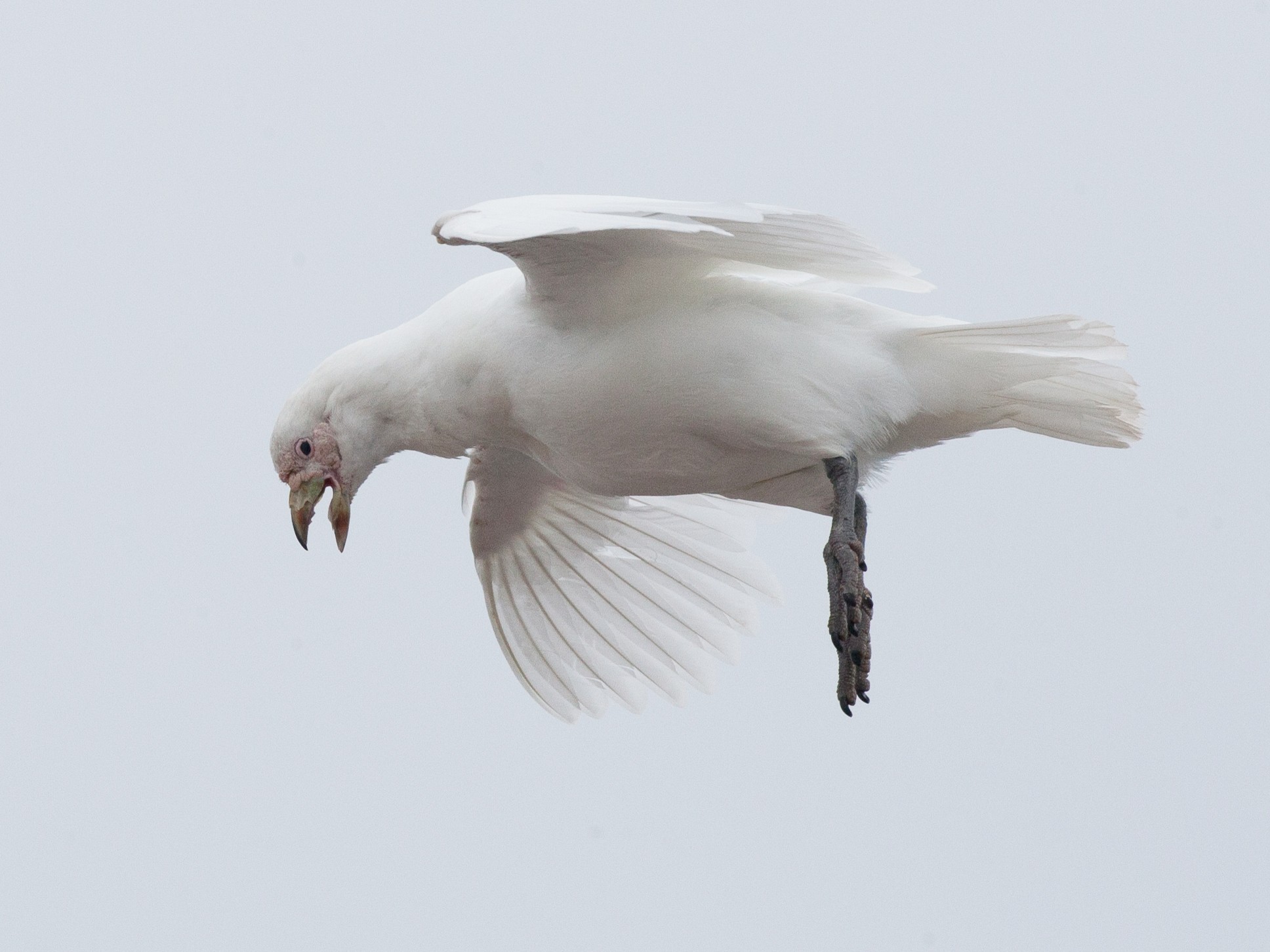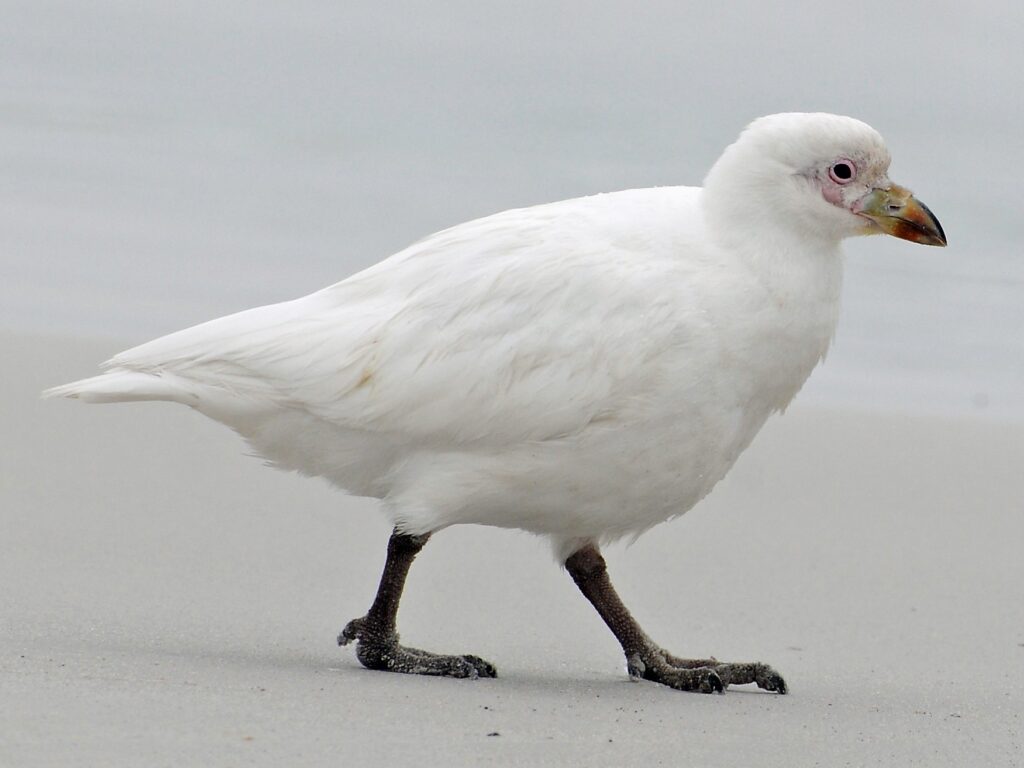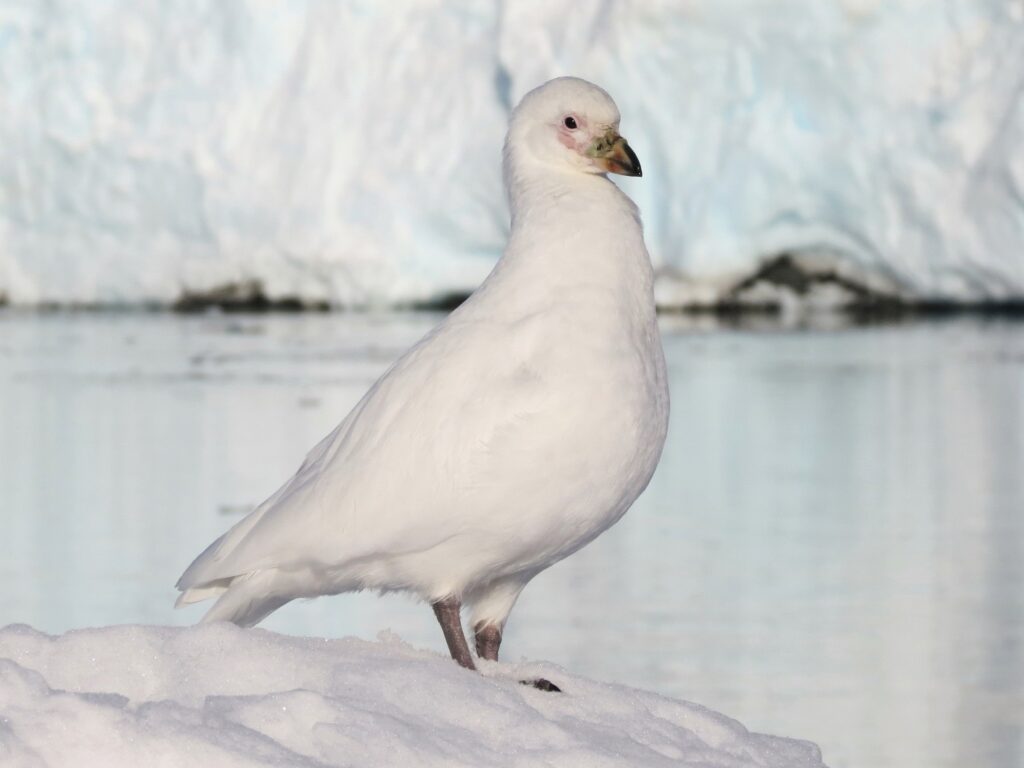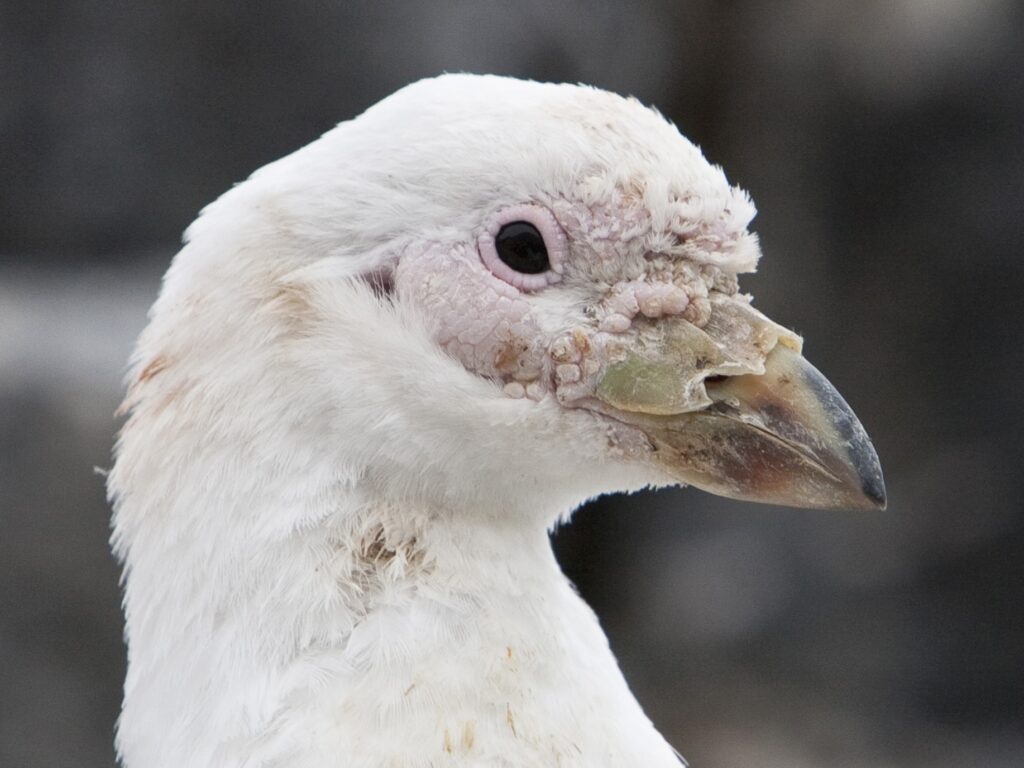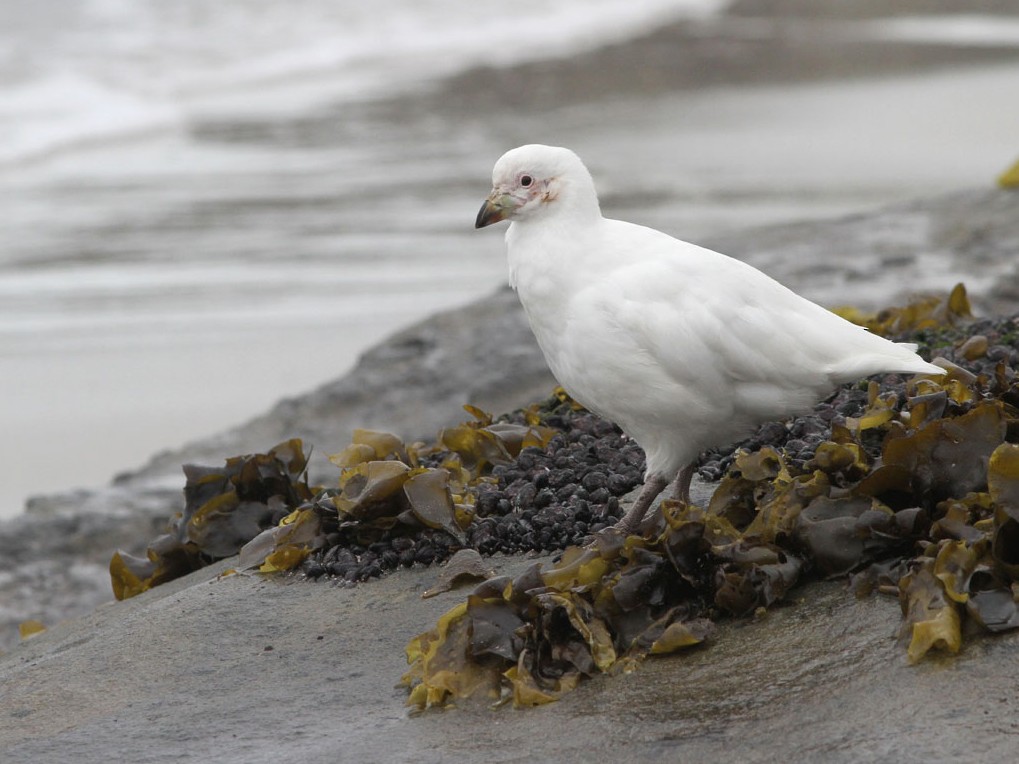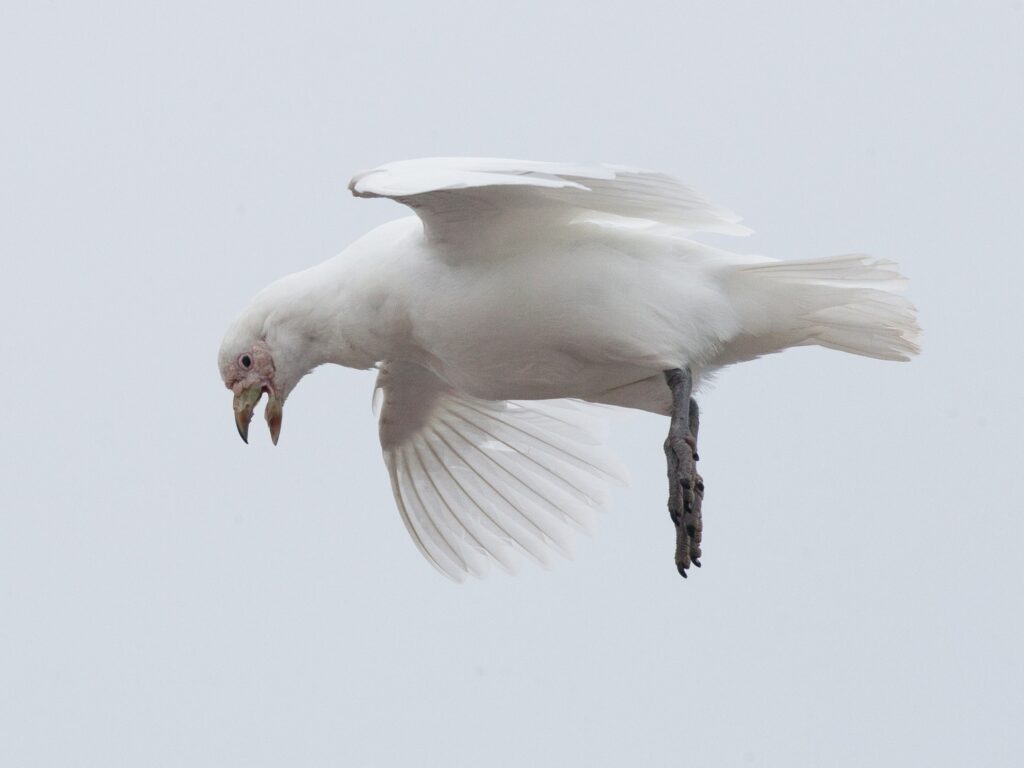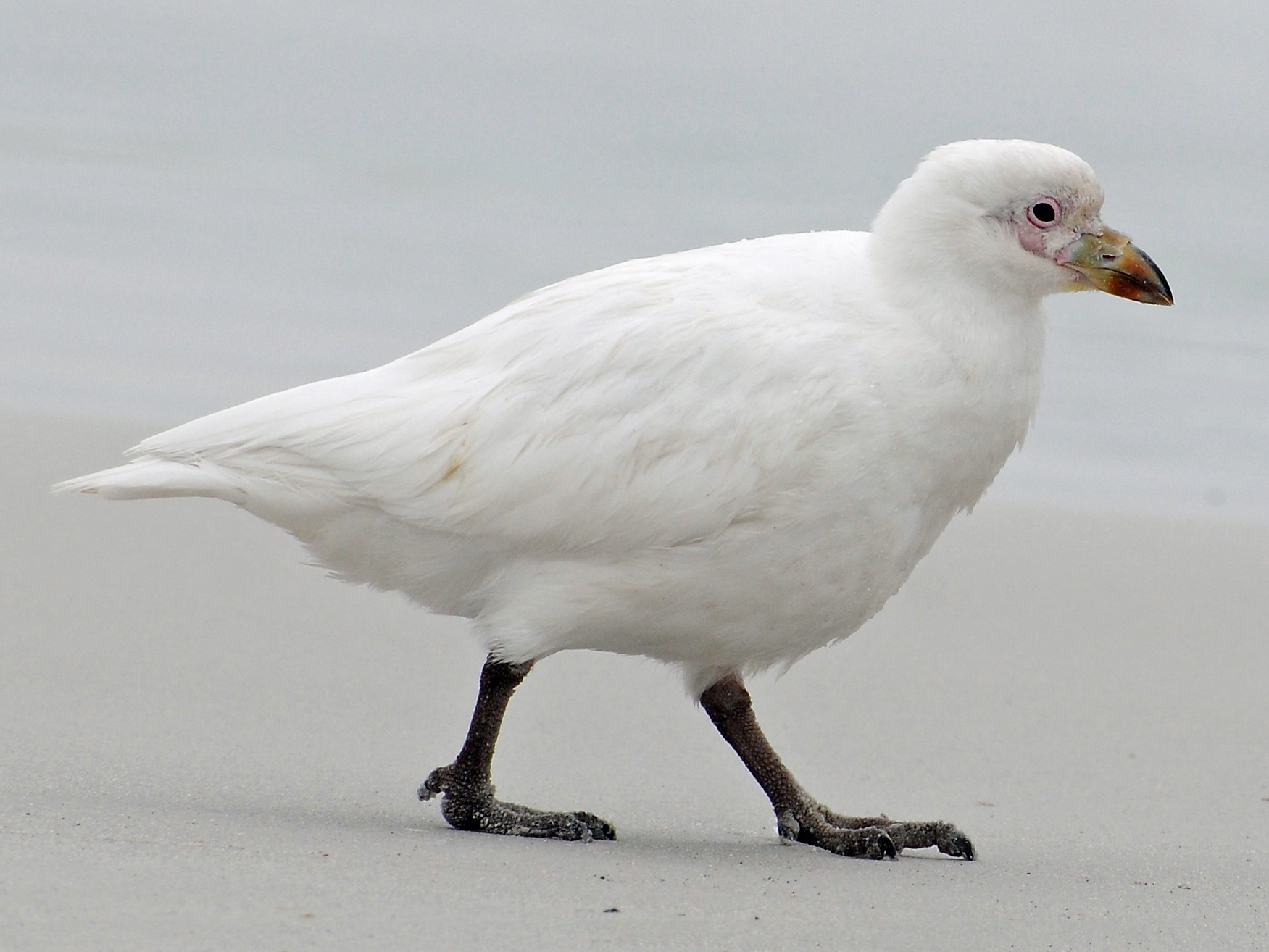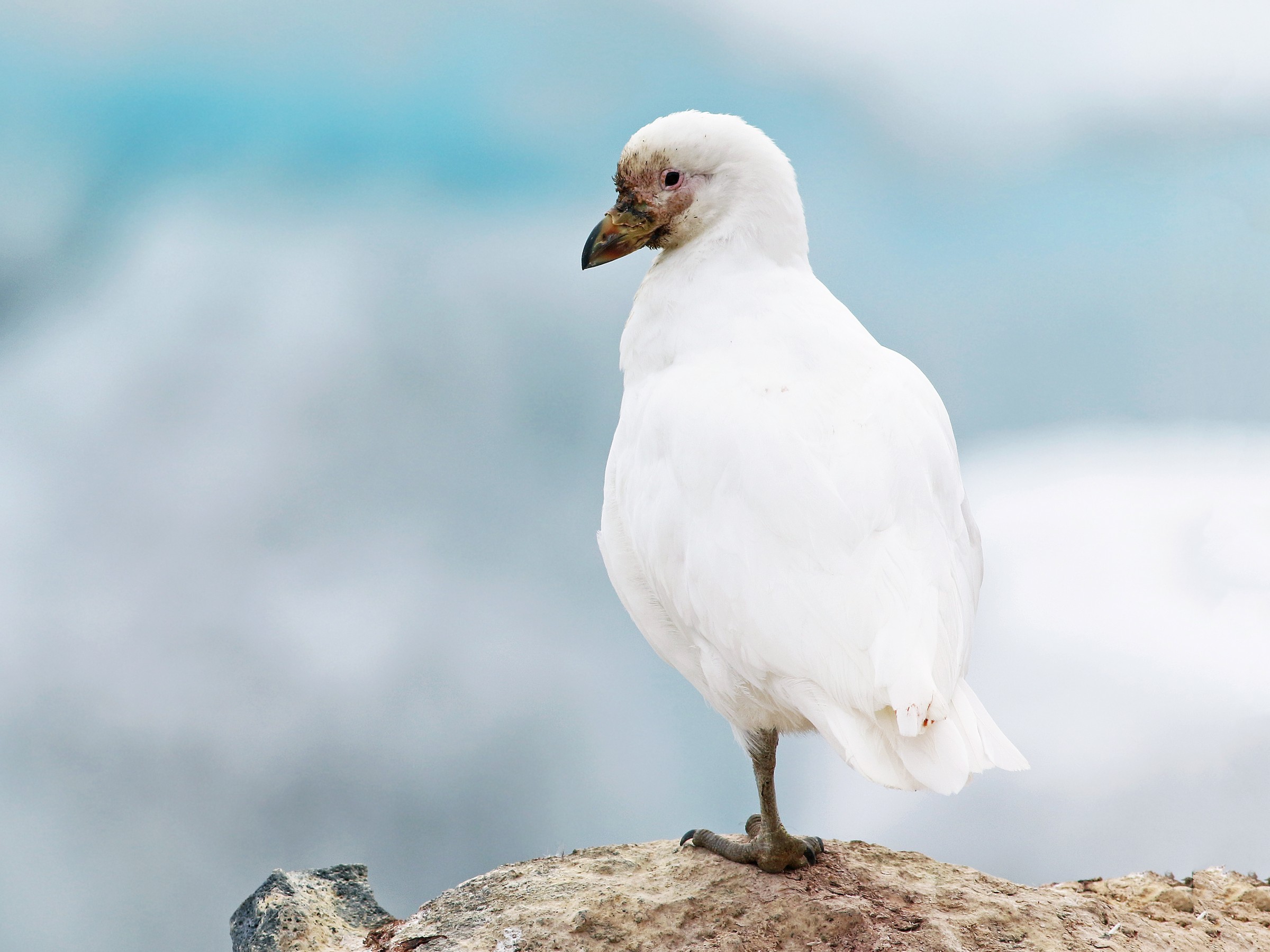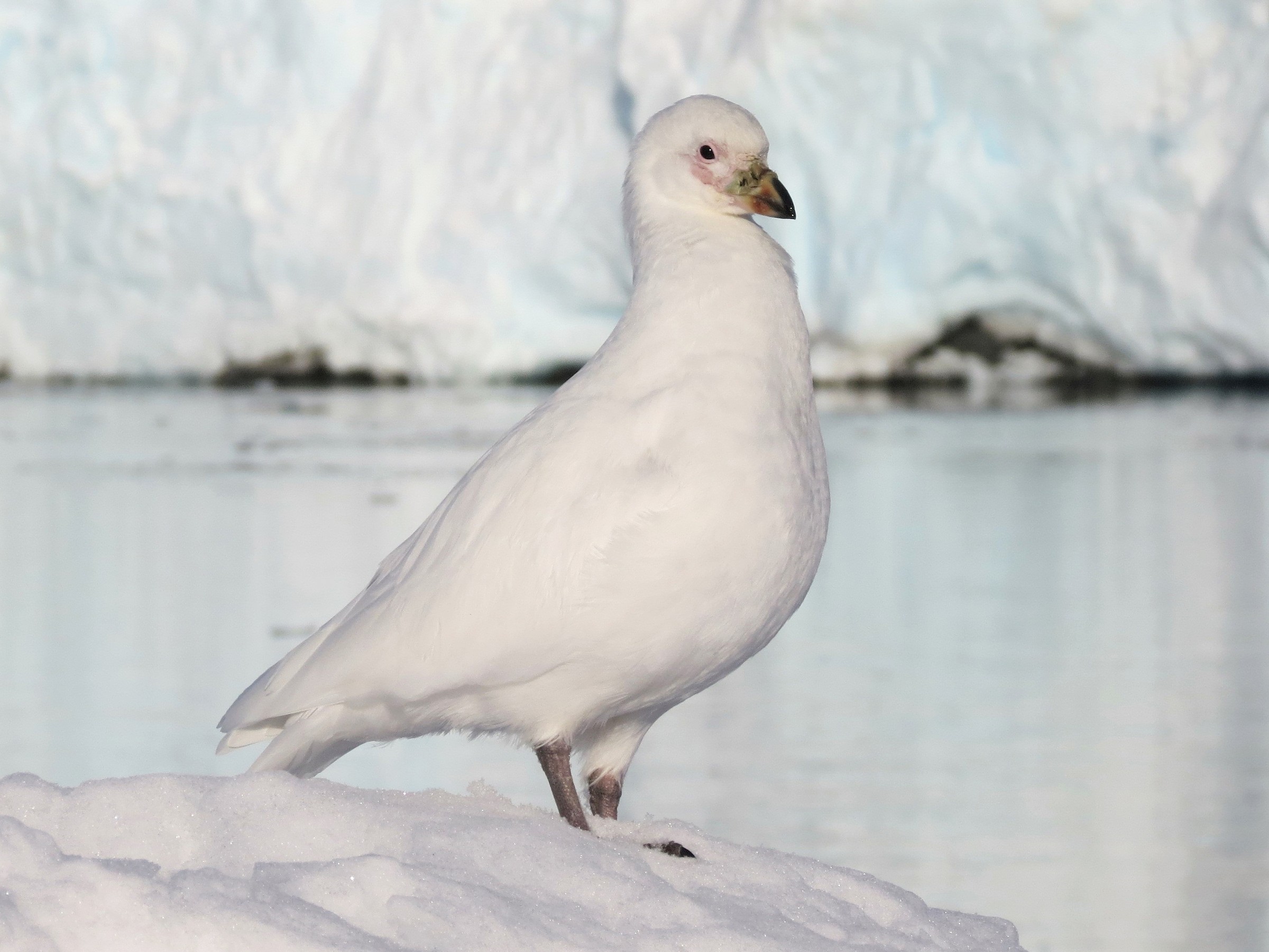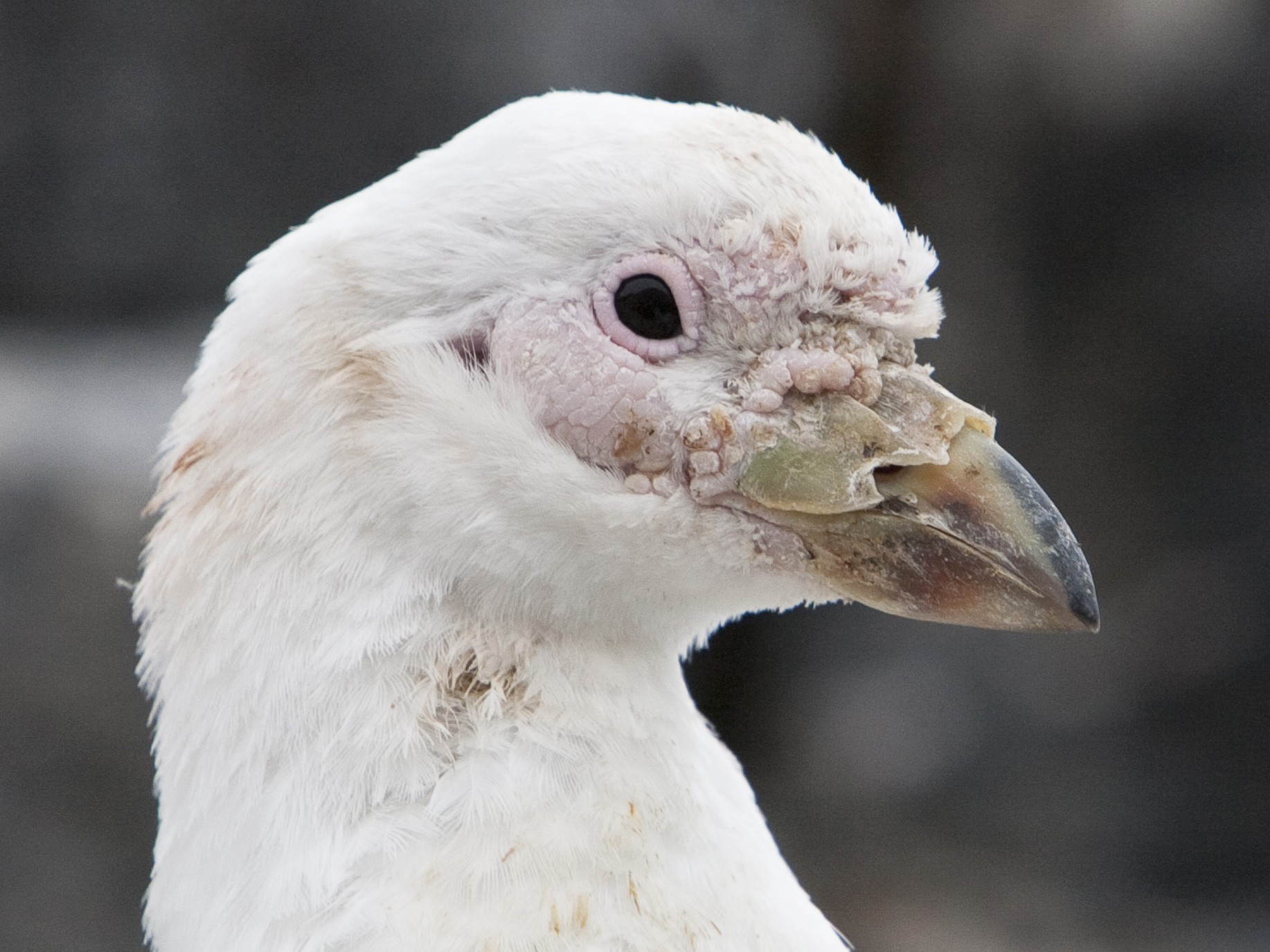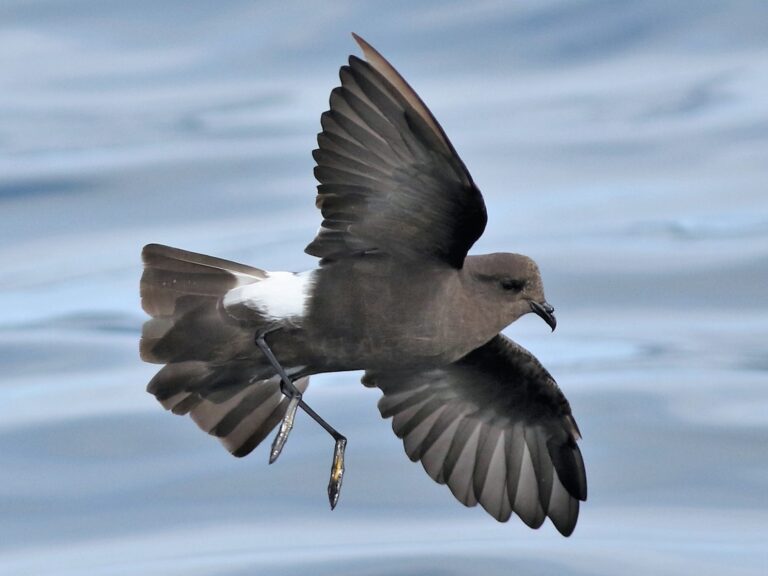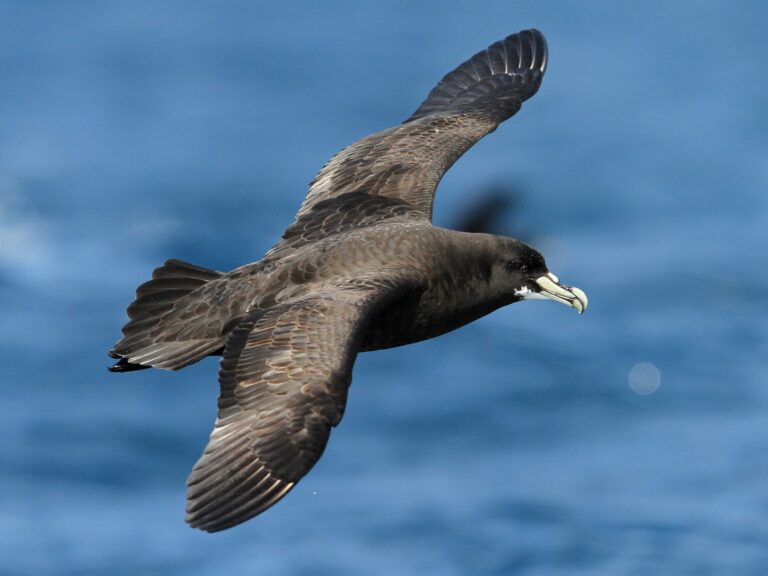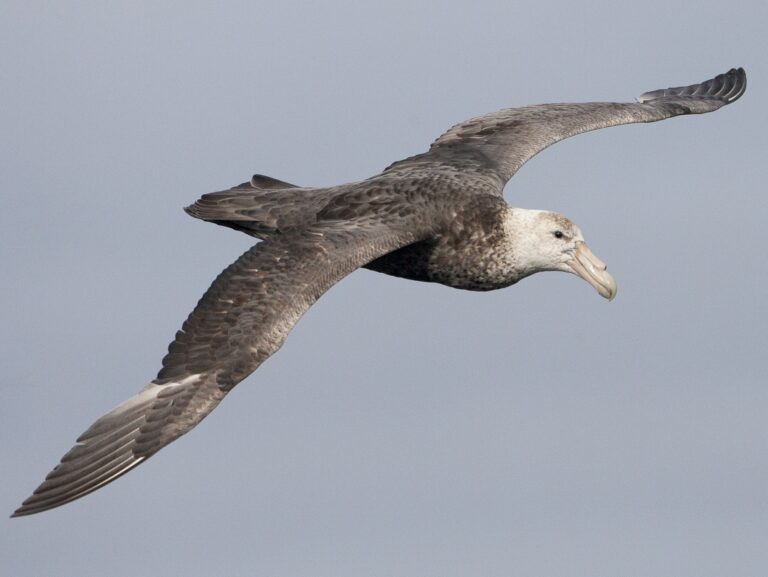Snowy Sheathbill: The Remarkable Adaptations of Antarctica’s Unique Bird
The Snowy Sheathbill is a unique bird found in the harsh environment of Antarctica. This bird, known scientifically as Chionis albus, has adapted remarkably to its icy habitat. With its distinctive white plumage and scavenging habits, the Snowy Sheathbill plays an important role in the Antarctic ecosystem.
Snowy Sheathbills are often seen around penguin colonies, where they feed on leftovers and even the eggs of other birds. They have eye-catching physical features, including a stout body and a strong beak, which allow them to thrive in their surroundings. Their interesting behaviors and interactions with other species make them a focal point for conservation efforts in the region.
Understanding the lifestyle of the Snowy Sheathbill reveals much about its role in the fragile Antarctic ecosystem. By examining its feeding habits, breeding patterns, and adaptations, one can appreciate the challenges it faces and the importance of preserving its environment.
Key Takeaways
- The Snowy Sheathbill is an Antarctic bird that scavenges for food.
- It has unique adaptations to survive in extreme cold.
- Conservation efforts are crucial for its continued survival in its natural habitat.
Physical Characteristics
The Snowy Sheathbill has several distinct physical features that set it apart from other birds. These traits include its unique plumage, notable body structure, and specific adaptations that enhance its survival in harsh environments.
Identification Features
The Snowy Sheathbill is easily recognized by its striking white plumage, which provides effective camouflage against the snow-covered landscapes of Antarctica. This bird has a stocky body, short legs, and a blunt bill. Its bill is not only broad but also has a horny sheath that covers its distal tip, aiding in foraging. The nostrils are relatively large and positioned at the base of the bill, which allows for better breathing in cold air.
In terms of size, it typically measures about 40 to 45 centimeters in length, making it a medium-sized bird. The Snowy Sheathbill also has a distinctive posture—when resting, it often keeps its head low and its body hunched, giving it a unique appearance. These characteristics help in identifying this bird in the wild.
Plumage and Molting Patterns
Snowy Sheathbills are known for their all-white feathers, which serve a crucial purpose in their icy habitat. This plumage helps reflect sunlight and provides effective insulation against the cold. The feathers are dense and provide both warmth and protection.
Molting in the Snowy Sheathbill occurs annually. During this process, the bird replaces old feathers with new ones, ensuring that its plumage remains effective for insulation and waterproofing. The timing of molting can vary based on environmental conditions, but it generally happens during the non-breeding season when food is abundant.
Wattles, which are fleshy extensions of skin found near the base of the bill, can also be observed and may play a role in display behavior or temperature regulation. These features contribute to the bird’s overall adaptability in its harsh environment.
Habitat and Distribution
The Snowy Sheathbill thrives in diverse habitats across the Southern Ocean. It favors environments that provide ample food resources, such as coastal areas with easy access to foraging sites. This section explores the preferred environments of the Snowy Sheathbill and its geographical range.
Preferred Environments
Snowy Sheathbills often inhabit a mix of rocky shores and ice-covered landscapes. They are well-adapted to harsh conditions, which allows them to thrive in areas where ice is present.
These birds can be found in locations with heavy snow cover, taking advantage of exposed marine life. They rely on coastal zones where they can scavenge for food, including the remains of fish and other birds.
Common habitats include:
- Antarctic Peninsula: Provides rich feeding grounds.
- South Georgia: Offers good nesting sites.
- Subantarctic Islands: Serve as key foraging spots.
Snowy Sheathbills also favor areas free of dense vegetation, allowing them clear access to their food sources.
Geographical Range
The Snowy Sheathbill’s distribution spans several regions in the Southern Hemisphere. They are primarily found along the Antarctic Peninsula and the South Shetland Islands.
Their range extends to the Falkland Islands, as well as parts of Argentina and Chile. Notably, they are frequently seen in the Scotia Arc, which includes various subantarctic islands.
Key locations in their range include:
- Tierra Del Fuego: A crucial breeding area.
- South Georgia: Hosts significant bird populations.
This geographical diversity allows Snowy Sheathbills to adapt and find food year-round. Their ability to migrate short distances also helps them adjust to changing environmental conditions.
Behaviors and Life Cycle
The Snowy Sheathbill exhibits unique behaviors and a distinct life cycle that contribute to its survival in harsh environments. This bird is known for its scavenging habits, breeding practices, and seasonal movements, all of which are critical to its life in Antarctic regions.
Breeding and Reproduction
The Snowy Sheathbill is a monogamous bird, often forming long-term pair bonds. They typically nest in sheltered sites, such as rock crevices or abandoned penguin nests, to protect their eggs.
Breeding areas are chosen carefully, often near seal rookeries, which provide ample food resources nearby. They usually lay 2 to 3 eggs, which both parents incubate for about 26 to 28 days. After hatching, chicks are altricial and require significant care from both adults.
The young birds fledge after about 5 to 6 weeks, gaining independence as they learn to forage. The fidelity shown by Snowy Sheathbills to their nesting sites and partners helps them successfully raise multiple broods in life.
Feeding Strategies
Snowy Sheathbills are opportunistic feeders, primarily scavenging for carrion. Their diet includes the remains of penguins, seals, and other marine animals. They also consume invertebrates when available, displaying their adaptability.
These birds are known to follow seal pups as they are born, taking advantage of the easy meals offered by the rookeries. Scavenging plays a vital role in their energy conservation and survival, allowing them to thrive in their environment where food can be scarce.
Seasonal Movements
Seasonally, Snowy Sheathbills remain relatively site-faithful, often returning to the same breeding areas each year. During breeding seasons, they focus their efforts on nesting and raising young birds.
As the seasons change, their movement patterns may shift slightly. They can be seen scavenging near ice edges and land during warmer months, where food is more abundant.
In colder months, they may move with fluctuating ice and food availability, demonstrating a flexible approach to their habitat use. This adaptability is crucial for surviving in unpredictable Antarctic conditions.
Interaction with Humans and Conservation
The relationship between the snowy sheathbill and humans is shaped by various environmental challenges and conservation efforts. Key issues include threats posed by pollution and habitat changes, as well as efforts to protect this unique species.
Threats and Conservation Efforts
Snowy sheathbills face several threats that impact their populations. Pollution, particularly from plastics and chemicals, can contaminate their food sources. These birds are scavengers, feeding on the remains of dead animals, including those that may be affected by pollutants.
Habitat loss due to climate change alters the tussock grass areas where they thrive, affecting their nesting sites.
Conservation efforts are aimed at protecting their habitats and addressing pollution. These involve monitoring the health of their ecosystems and implementing measures to reduce harmful waste. Organizations focus on restoring natural environments to support snowy sheathbill populations.
Human Impact
Human activity has ongoing consequences for snowy sheathbills. As scavengers, they rely on specific food sources, including the flesh and blood of larger animals. Changes brought by human interaction, such as tourism and research activities, can disrupt their natural behaviors.
In some regions, the presence of people leads to increased waste, which can either benefit or harm the birds. While additional food can be available, it may also lead to dependence on human-provided resources.
Conservationists emphasize responsible human engagement to support snowy sheathbill populations. Educational programs aim to raise awareness about the importance of maintaining clean habitats and minimizing pollution.
Adaptations
The Snowy Sheathbill exhibits several important adaptations that allow it to thrive in its challenging environment. These adaptations aid in its survival during harsh winters and ensure successful reproduction.
Survival in Harsh Climates
Snowy Sheathbills have unique strategies for coping with cold, inhospitable environments. They are well-suited for life near ice and snow, often found foraging on the ground among rocks and crevices. Their plumage provides insulation, helping to retain body heat. These birds are also capable of swimming, enabling them to access food sources that may be submerged or inaccessible on land.
In addition, Snowy Sheathbills are gregarious and often form groups. This social behavior helps them find food more effectively and offers protection from predators. The ability to fight for food and maintain territory is crucial during the scarce winter months.
Reproductive Adaptations
During the breeding season, Snowy Sheathbills select rocky crevices or debris for nesting, which offers safety from predators. The choice of these locations demonstrates an adaptation to avoid competition and threats present in open areas.
The male sheathbill often engages in fighting to establish dominance and attract a mate. This behavior not only secures a partner but also helps maintain a stable territory. Within these territories, males and females share responsibilities, ensuring effective care of eggs and chicks. The collaborative effort enhances the survival rate of their young in a challenging setting.
Frequently Asked Questions
This section addresses common questions about snowy sheathbills. It covers their lifespan, adaptations, diet, predators, vocalizations, and comparisons with black-faced sheathbills.
What is the average lifespan of snowy sheathbills?
Snowy sheathbills typically live around 10 to 15 years in the wild. Their lifespan can vary depending on environmental conditions and threats they face.
How do snowy sheathbills adapt to their environment?
Snowy sheathbills have several adaptations for their cold habitats. Their white plumage helps with camouflage in snowy surroundings. They are also able to withstand harsh weather, allowing them to forage for food.
What is the typical diet of a snowy sheathbill?
Snowy sheathbills are scavengers and primarily feed on carrion. They eat the remains of seals and penguins, as well as invertebrates found in their environment.
What predators do snowy sheathbills face in their natural habitat?
In their natural habitat, snowy sheathbills face threats from larger birds such as skuas and predatory mammals. These predators can impact their survival, especially when they are nesting.
Can you describe the sound made by snowy sheathbills?
Snowy sheathbills make a variety of sounds, often described as harsh or grating calls. These vocalizations can signal alarm or establish territory among their peers.
What are the distinguishing characteristics of black-faced sheathbills compared to snowy sheathbills?
Black-faced sheathbills differ from snowy sheathbills mainly in their plumage. They have dark facial markings that contrast with their otherwise white bodies. This distinction helps in identifying the two species in the field.
